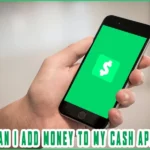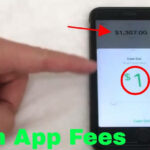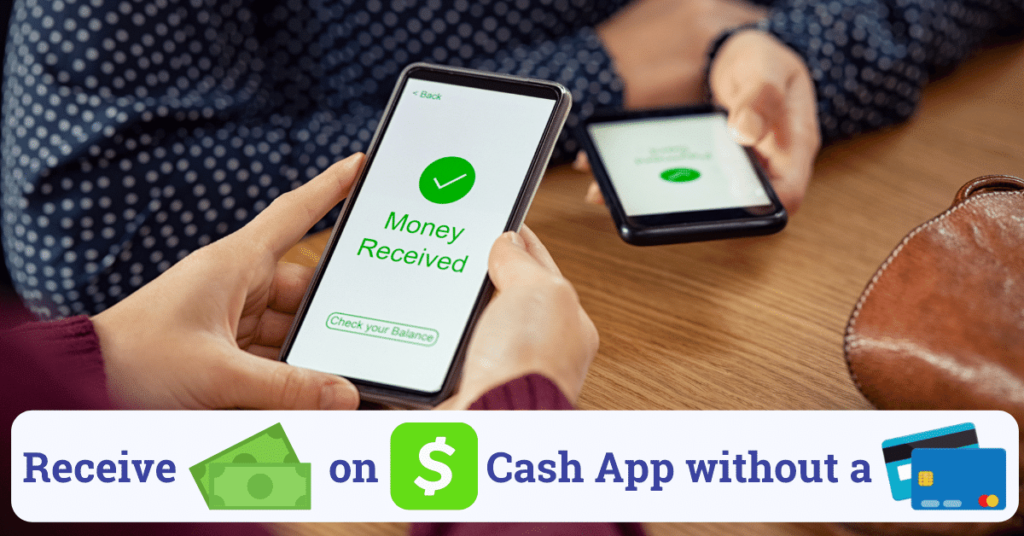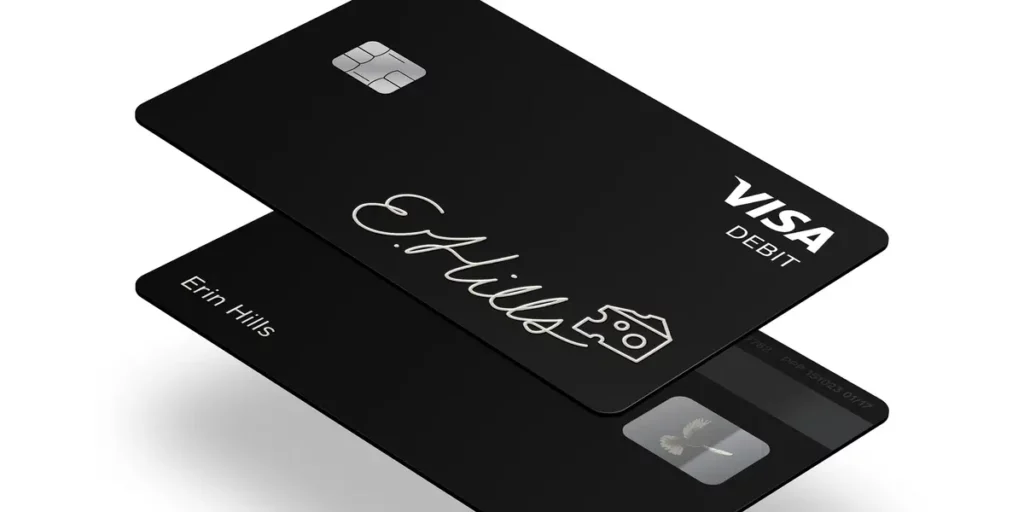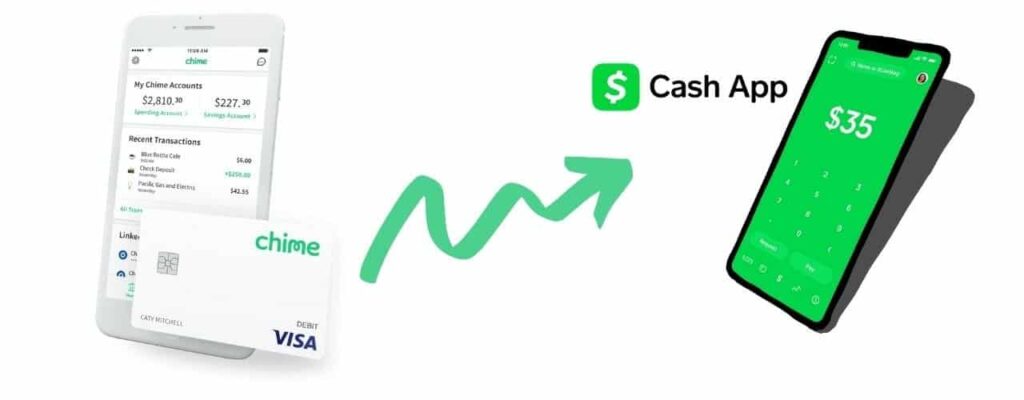Table of Contents
How to Use a Cash App Debit Card?
Cash App is a peer-to-peer money transfer service that offers a debit card. It charges a $2 fee for each withdrawal and allows direct deposits. Learn more about using the cash app card in this article. After you download the app, you can easily load funds to your card.
Cash App is a peer-to-peer money transfer service:
Cash App is a peer-to-peer money transfer service that lets you send and receive money with a single click. You can deposit the money directly to the person’s bank account or linked debit card. The service also lets you use your credit card to send and receive money. However, there is a 3% transaction fee on each transaction.
Cash App is owned by Block, Inc., a company that was once known as Square. It was launched in 2013 and has become one of the most popular peer-to-peer money transfer services available. It has many uses, including direct deposit payments, ACH transfers, cryptocurrency purchases, and more.
Since its launch, Cash App has become one of the largest payment processing companies in the United States. It has also expanded its business model to include employee management, scheduling, and analytics.

It offers a Debit Card:
The Cash App Card provides many banking features, including the ability to send and receive money. The app will notify you when money has been sent or received. You can also deposit money from your Cash App account to your linked debit card. In fact, deposits are free. To increase your limits, you must verify your identity. To do this, you need to input your full name, birthday, and last four digits of your Social Security number.
The Cash App uses secure servers to send payment information. You can also lock your phone by setting a password and enabling the in-app security lock. This way, only you can access your payment information and not someone else’s.
It charges a $2 fee per Withdrawal:
Cash App requires that users provide their date of birth and full name, as well as their social security number. Some users might be required to provide additional information, such as an address or SSN. When using the Cash App Card, you should also keep in mind that the company charges a 3% fee for credit card payments and a 1.5% fee for instant transfers.
You can avoid these fees by opting for a slower payment option or avoiding credit card purchases altogether. Cash App will also reimburse you up to $7 per withdrawal from ATMs. But you must receive at least $300 per month in direct deposits to get reimbursed for these fees.
Before you can withdraw cash using the Cash App, you must link your bank account to the Cash App. Once you have done that, you can initiate payments and cash out your balance. You can also make payments by using the Cash App Card at ATMs and mobile payments with Apple Pay.
It facilitates Direct Deposits:
The Cash App Card allows you to conveniently make direct deposits from your bank account. To use this card, you must be verified and have a valid account number and routing number. Many people receive tax refunds, stimulus checks, and unemployment aid, and they can use this card to receive these funds directly.
- To make a direct deposit, navigate to the Cash App card’s banking section and select Direct Deposit. On the Direct Deposit page, click Get Account Number, and then click Enable Account.
- Another major benefit of Cash App is that it does not charge fees for opening an account or receiving funds. This makes it convenient for people who don’t have a bank account or who don’t want to pay high fees for traditional bank accounts.
- Using this card is also convenient if you need to split rent with a roommate or if you need to pay someone. Like many other money transfer services, Cash App also works well with Apple Pay and Venmo. However, the drawback is that it is not a savings account and therefore does not offer interest or insurance.
It doesn’t come with FDIC insurance:
If you have used Cash App to make purchases, you should know that it does not come with FDIC insurance. However, you do have options if you do not want the money to go missing. The Cash App feature allows you to ask the recipient to return the money. This feature is very convenient for those who don’t have access to cash on a regular basis.
If you are concerned about your money being at risk, you can get an alternative cash card that comes with FDIC insurance. This card turns your Cash App account into a full-featured bank account. It offers free ATM withdrawals when you deposit at least $300 in a single month, can receive direct deposits, and can be used anywhere Visa is accepted. It also lets you personalize your card with a doodle you draw in the app.


